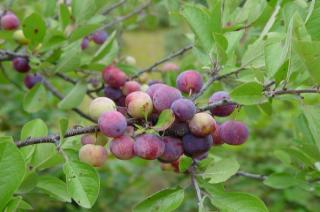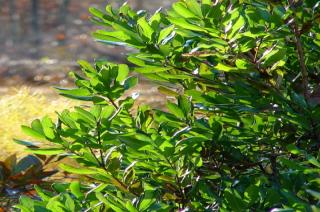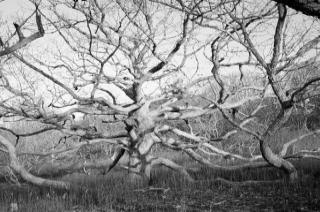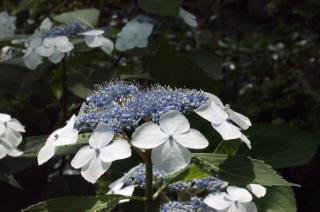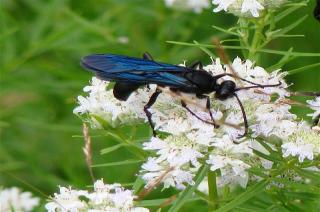Picture this: dense, twiggy colonies of dark, gnarled branches buried in sand along the barrier dunes of Lambert’s Cove Beach. What is this tough plant that thrives in such a challenging environment? The answer is obvious each May when these same branches erupt with beautiful white flowers. It’s our native beach plum (Prunus maritima). This exceptional spring display lasts a few weeks then something even better follows. Over the following months plump, tasty fruits ripen, often creating a bountiful crop for harvest by the end of the summer.

